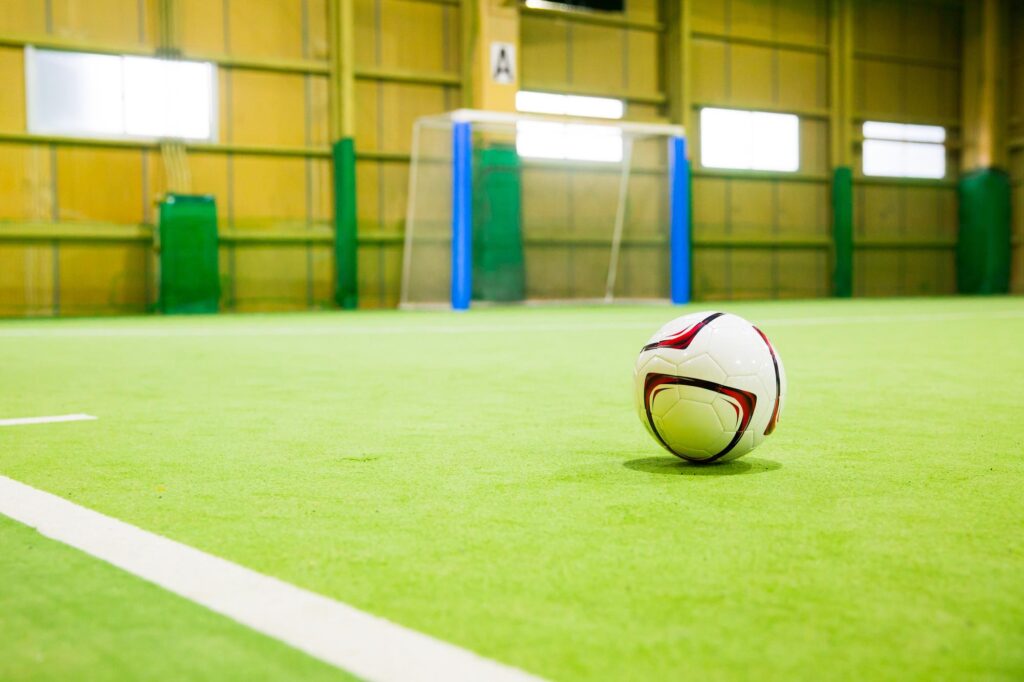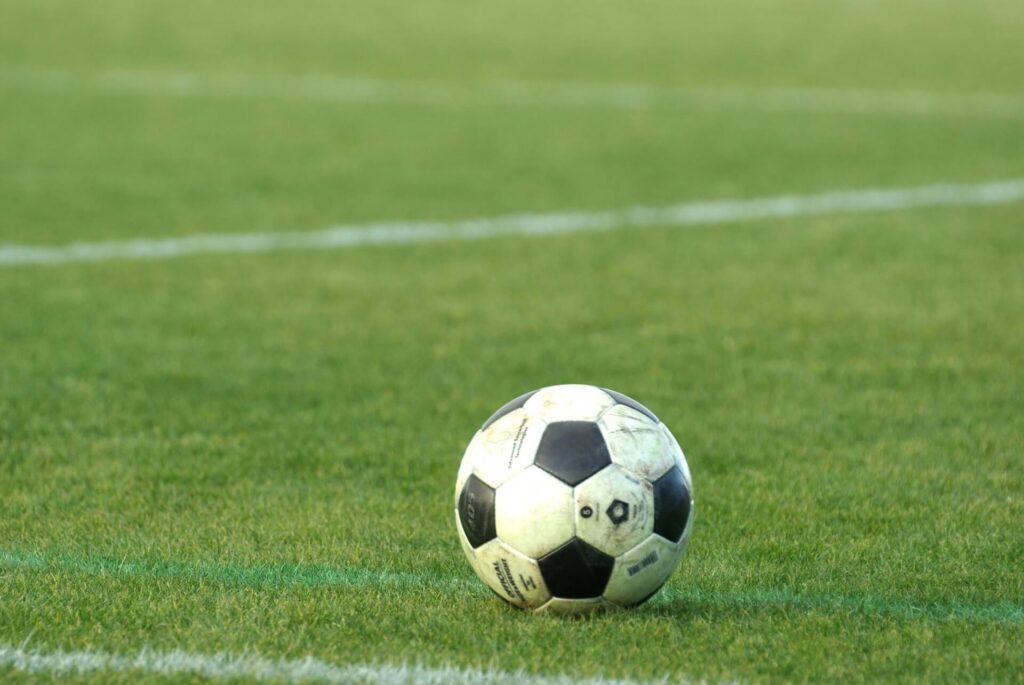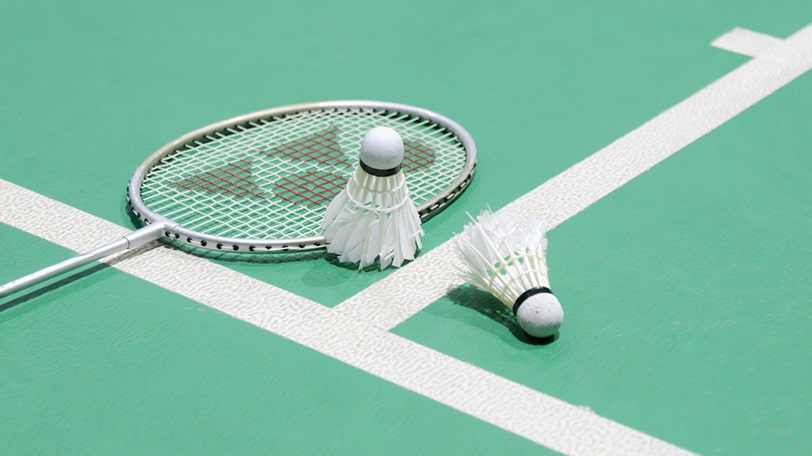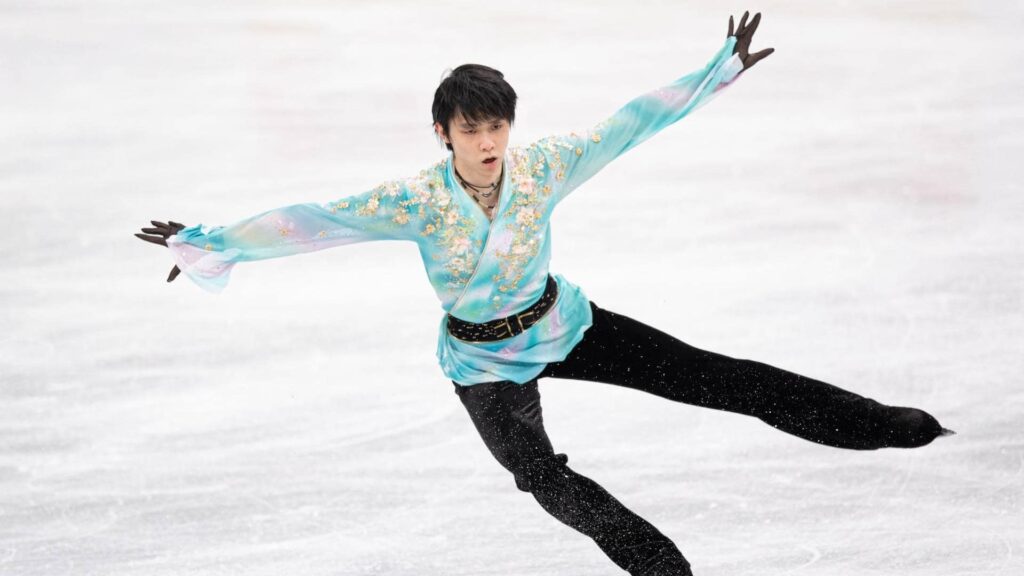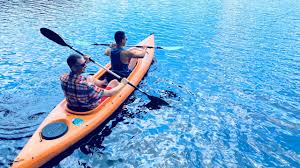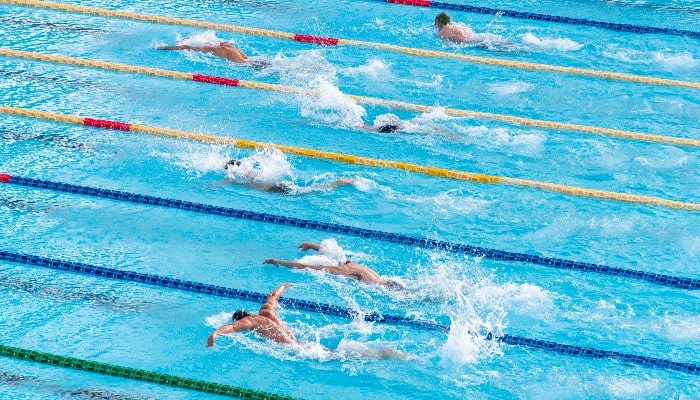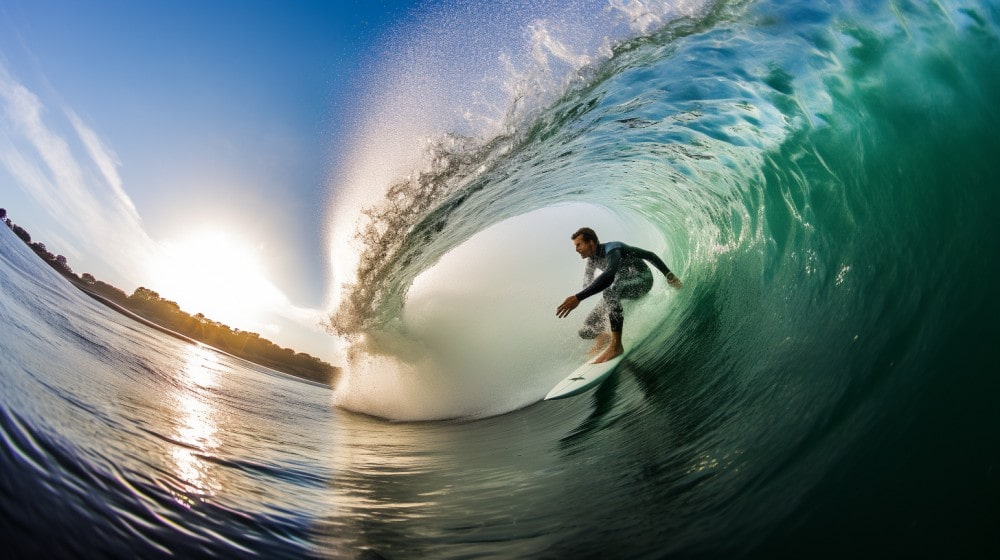
目次
- 1 surfing glossary
- 1.1 island pullout
- 1.2 outer leaf
- 1.3 outside
- 1.4 outline
- 1.5 increase
- 1.6 head size
- 1.7 A head and a half
- 1.8 thick waves
- 1.9 Ups & Downs
- 1.10 guess
- 1.11 Riding behind
- 1.12 early oop
- 1.13 inside
- 1.14 Interfere
- 1.15 inverted air reverse
- 1.16 walking
- 1.17 walk to the nose
- 1.18 water shot
- 1.19 warm up
- 1.20 wall
- 1.21 Windy
- 1.22 wind swell
- 1.23 wet suit
- 1.24 Wet shift
- 1.25 Urethane foam
- 1.26 airborne
- 1.27 aerial
- 1.28 ASP
- 1.29 edge
- 1.30 NSA
- 1.31 NSSUA
- 1.32 epoxy
- 1.33 El Loro
- 1.34 oil man
- 1.35 Back
- 1.36 off the top
- 1.37 off the lip
- 1.38 offshore
- 1.39 onshore
- 1.40 land surfer
- 1.41 curl
- 1.42 wind waves
- 1.43 cut back
- 1.44 Gun (board)
- 1.45 kick out
- 1.46 kick turn
- 1.47 kick takeoff
- 1.48 kick nose
- 1.49 carrier
- 1.50 torpedo
- 1.51 current
- 1.52 goofy
- 1.53 goofy stance
- 1.54 crash
- 1.55 classic style
- 1.56 glassy
- 1.57 ground swell
- 1.58 green room
- 1.59 cross
- 1.60 crest
- 1.61 close out
- 1.62 cross step
- 1.63 quad fin
- 1.64 getting out
- 1.65 coral reef
- 1.66 go pro
- 1.67 concave
- 1.68 convex
- 1.69 competition
- 1.70 competitor
- 1.71 circle funeral
- 1.72 surfer
- 1.73 surfer’s year
- 1.74 surf area
- 1.75 surf shop
- 1.76 surf school
- 1.77 surf spot
- 1.78 surf therapy
- 1.79 surf trip
- 1.80 surf point
- 1.81 side shore
- 1.82 JPSA
- 1.83 Stab riding
- 1.84 sack out
- 1.85 Subrock
- 1.86 triangle wave
- 1.87 sandbar
- 1.88 Around the tide
- 1.89 seagull
- 1.90 sequence
- 1.91 secret point
- 1.92 shaper
- 1.93 shuffle
- 1.94 jamming
- 1.95 shallow
- 1.96 junk
- 1.97 jump through
- 1.98 short board
- 1.99 short john
- 1.100 shore break
- 1.101 shoulder
- 1.102 soup
- 1.103 switch stance
- 1.104 swell
- 1.105 skim board
- 1.106 skeg
- 1.107 sushi roll
- 1.108 step back
- 1.109 stringer
- 1.110 spinner
- 1.111 spin
- 1.112 spin out
- 1.113 spooky
- 1.114 spring
- 1.115 spray
- 1.116 Snaking
- 1.117 slide in
- 1.118 Slappy
- 1.119 slalom
- 1.120 three sixty
- 1.121 slope
- 1.122 Skeg first takeoff
- 1.123 section
- 1.124 set
- 1.125 soft rail
- 1.126 duck dive
- 1.127 Tappa
- 1.128 Dahui
- 1.129 Tarutaru
- 1.130 damper
- 1.131 tandem surfing
- 1.132 cheetah five
- 1.133 Channel
- 1.134 tube
- 1.135 tube riding
- 1.136 used surfboards
- 1.137 Choppy
- 1.138 A little back
- 1.139 twin fins
- 1.140 be caught
- 1.141 take off
- 1.142 tail
- 1.143 tail rocker
- 1.144 Teke Teke
- 1.145 deck
- 1.146 deck patch
- 1.147 top turn
- 1.148 dry suit
- 1.149 truck
- 1.150 trimming
- 1.151 dolphin through
- 1.152 drop in
- 1.153 drop knee
- 1.154 dent
- 1.155 summer surfer
- 1.156 knee turn
- 1.157 needle nose
- 1.158 knee paddle
- 1.159 kneeling
- 1.160 knit case
- 1.161 north shore
- 1.162 nose
- 1.163 nose guard
- 1.164 nose riding
- 1.165 nose rocker
- 1.166 hard case
- 1.167 hard rail
- 1.168 purring
- 1.169 high tide
- 1.170 housing
- 1.171 back wash
- 1.172 back side
- 1.173 Patapata (you)
- 1.174 paddling
- 1.175 paddle out
- 1.176 Paddle board (Padobo)
- 1.177 power chord
- 1.178 punch out
- 1.179 bank
- 1.180 hang ten
- 1.181 hang five
- 1.182 peak
- 1.183 beach break
- 1.184 Beating
- 1.185 fan board
- 1.186 buoy
- 1.187 fin
- 1.188 face
- 1.189 fade turn
- 1.190 hook
- 1.191 forward spin
- 1.192 pushing through
- 1.193 priority
- 1.194 flat
- 1.195 pull out
- 1.196 flex
- 1.197 floater
- 1.198 Prone out
- 1.199 prune style
- 1.200 front style
- 1.201 bailout
- 1.202 head dip
- 1.203 head move
- 1.204 belly board
- 1.205 helicopter turn
- 1.206 point break
- 1.207 bowl
- 1.208 hot dogging
- 1.209 body surfing
- 1.210 body board
- 1.211 bottom
- 1.212 bottom turn
- 1.213 Can be dug
- 1.214 white water
- 1.215 Hollow
- 1.216 front ride
- 1.217 massy
- 1.218 maneuver
- 1.219 maneuver style
- 1.220 mellow
- 1.221 rider
- 1.222 riding
- 1.223 line
- 1.224 roundhouse cutback
- 1.225 rash guard
- 1.226 leash cord
- 1.227 leaning turn
- 1.228 leaf
- 1.229 reef break
- 1.230 reentry
- 1.231 ripping
- 1.232 lip
- 1.233 lip current
- 1.234 reverse spin
- 1.235 repair
- 1.236 late takeoff
- 1.237 legend surfer
- 1.238 rail
- 1.239 rail work
- 1.240 regular
- 1.241 local
- 1.242 low tide
- 1.243 roller coaster
- 1.244 rolling through
- 1.245 locker
- 1.246 long riding
- 1.247 longboard
- 1.248 wipeout
- 1.249 wan wan style
- 1.250 wax
- 2 At the end
surfing glossary
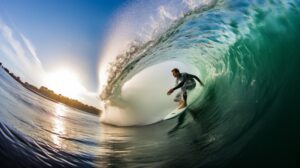
In harmony with nature, challenge different waves and seas every time, and conquer the waves of the sea…
Surfing is perfect for relieving stress! It’s a fun sport
There are many attractions, and even now many surfers continue to challenge the waves in oceans around the world.
Such attractive surfing
Everyone is a beginner when they start!
Don’t you worry about how to communicate with your friends when you come across words and terms you don’t know?
If you want to surf but don’t know anything and think it’s not possible for you, it’s okay!
This page provides a comprehensive explanation of surfing terms.
We can support a wide range of people, from surfing beginners to intermediate surfers.
Please take a look at our surfing glossary.
island pullout
A pullout is the action of grabbing the rail and rushing into the wave from the nose. In particular, the pullout in tube waves is noteworthy.
outer leaf
It refers to a rock shelf that spreads out on the ocean floor off the coast.
outside
It refers to the outside, and in surfing it mainly refers to the offshore wave area. The antonym is “inside.”
outline
Refers to the overall shape of a surfboard, sometimes also called form.
increase
It refers to the state of rising tide and is also called high tide. The contrasting word is “lower.”
head size
Indicates that the height to the top of the wave is comparable to the height of a typical human.
A head and a half
The height of the wave to the top is approximately the same as a person’s height plus half their height.
thick waves
It refers to waves that have a gentle sea surface and do not break easily.
Ups & Downs
It refers to the technique of accelerating by moving up and down the slope of the wave, and is also applicable to ups.
guess
A surfing technique in which the surfboard hits the powerful lip of the wave (the thin part that is likely to collapse). Includes techniques such as off-the-rip.
Riding behind
This refers to taking off on the same wave later and proceeding in the same direction even though there is already a surfer riding the same wave. Surfers who ride from the break point first have priority.
early oop
This refers to the technique of rotating in the offshore direction while airing (flying in the air). When it rotates 360 degrees, it is sometimes called a full rotation alley-oop. In addition, the technique of rotating in the opposite direction while airing toward the shore is called air reverse.
inside
Refers to the sea area close to the shore, and in surfing specifically refers to the area at the edge of the waves. The contrasting word is “outside.”
Interfere
It refers to obstructing the path of people who are trying to ride the waves.
inverted air reverse
This is a technique in which a part of the surfboard briefly appears higher than your head during an air reverse.
walking
Refers to walking on a surfboard.
walk to the nose
This refers to walking towards the nose of the board to prevent stalling. Also called nose walk.
water shot
This refers to taking photographs from underwater.
warm up
This refers to the warm-up exercise you do before surfing or other activities. It mainly includes stretching, and cooling down after exercise is also important.
wall
This refers to the state in which waves swell and become a sheer wall.
Windy
Refers to strong winds. A widely used weather term that refers to conditions that are too windy to be suitable for surfing.
wind swell
Refers to swells caused by wind.
wet suit
A cold-weather suit for underwater use that fits your body.
Wet shift
This refers to the phenomenon where when surfing while wearing a wetsuit, the wetsuit rubs against your skin and becomes painful.
The neck area and armpits are particularly susceptible, and it is common to apply Vaseline to prevent it.
Urethane foam
It is a foamed synthetic rubber made from urethane rubber and is used as a base material for surfboards, but due to its low durability, it is sometimes used with glass wrapped around it.
airborne
This refers to the technique of jumping out of the face of the wave and into the air. It is also called “aerial” in the same sense.
aerial
This refers to the technique of jumping out of the face of the wave and into the air. It is also commonly called “airborne”.
ASP
The Association of Surfing Professionals is an organization that organizes surfing competitions worldwide.
edge
Refers to the angle present at the rail or bottom of the board.
NSA
The abbreviation for Nippon Surfing Association is an organization for amateur surfers in Japan that issues qualifications by grade.
NSSUA
The National Scholastic Surfing Association is an organization for student surfers from all over the United States.
epoxy
It is one of the constituent materials of surfboards, and is the material painted on the surface of the board.
This creates a board that has higher strength than regular fiberglass and is less likely to break. Although it is light and durable, it is said to be difficult to repair.
El Loro
This refers to a bodyboarding technique that uses the lip of the wave to rotate sideways.
oil man
Refers to people who pollute the sea by applying sun oil.
Back
This refers to the place where the wave first breaks when it is breaking.
off the top
This refers to a technique where you start from a sharp bottom turn to the top of the wave and repeat sharp turns.
off the lip
A type of off-the-top, which refers to a quick turn at the top of a wave just before it breaks.
offshore
It refers to the wind that blows from the shore toward the offshore, and is also called the land breeze.
onshore
It refers to the wind that blows from the coast toward the shore, and is also called the sea breeze.
land surfer
A person who enjoys the fashion and style of surfers without actually surfing.
curl
This refers to the part that curls at the tip of the wave when it breaks.
wind waves
It refers to waves that are caused by the wind, not swells. “Windswell” is used as a synonym.
cut back
This refers to the technique of returning a board that has gone too far into the wave’s power zone to its peak.
Gun (board)
A long, slender surfboard made for large waves that is narrow and thick relative to its length.
kick out
This refers to kicking the surfboard off the top of the wave and is a form of pullout.
kick turn
A longboarding technique that refers to a turn in which you kick off the surfboard with your back foot.
kick takeoff
This method of takeoff is done by sinking the board without using a paddle and using the buoyancy of the waves to push the board up. It is also known as “sashi-riding.”
kick nose
This refers to the shape where the nose of the board is greatly curved.
carrier
Refers to the device or specific tool used to place the board on the roof of the car.
torpedo
Refers to the nuisance of riding to the water’s edge and blowing off your surfboard.
current
Refers to tidal currents and rip currents, and describes the movement of water in the ocean.
goofy
Refers to waves that break from left to right when viewed from the shore. The contrasting word is “regular.”
goofy stance
Refers to a person whose stance is with his right foot in front of him when he takes off. The contrasting word is “regular stance.”
crash
This refers to colliding with another surfer while riding.
classic style
How to ride a longboard using techniques similar to those used in the 1950s and 1960s.
It refers to graceful and relaxed riding using techniques such as walking, nose riding, and drop knee turns.
glassy
When there is no wind, the wave surface is smooth and mirror-like. The opposite word is “choppy”.
ground swell
Refers to large swells caused by typhoons, etc.
green room
It refers to the space inside the tube, and according to its origins in California, it refers to a green space rather than blue, and can also be interpreted as a “sacred place.”
cross
This refers to surfers crossing each other on the left and right.
crest
This refers to the part where the waves are at their highest and is also called the “lip.”
close out
This refers to waves that are so large that they collapse all at once, making it impossible to surf.
cross step
A longboard technique that involves crossing your legs toward the nose of the surfboard.
quad fin
Refers to a set that attaches four fins.
getting out
It refers to heading offshore by paddling, and is also called “get” with a similar meaning.
coral reef
It refers to the ocean floor made of coral.
go pro
A compact action camera with a lightweight and waterproof design, available in multiple models and capable of shooting high-resolution videos and high-speed cameras.
It is known as a camera that can reproduce realistic scenery by attaching it to the end of a surfboard, etc.
concave
It refers to a gently concave shape, and also includes a concave line carved into the bottom. The opposite word is “convex”.
convex
It refers to a gently convex shape that is slightly raised relative to the plane. The opposite word is “concave”.
competition
Refers to competition or competition, and represents a surfing competition.
competitor
Refers to athletes who regularly participate in surfing competitions.
circle funeral
A ritual in which fellow surfers form a circle on the sea and scatter the ashes of a deceased surfer in memory of the deceased.
surfer
A person who loves riding waves.
surfer’s year
A disease in which the ear bones grow due to prolonged exposure to cold water or wind, resulting in an ear canal exostosis (a bone lump that forms inside the ear). If the exostosis completely blocks the ear canal, hearing loss may occur. It is mainly seen in people who have been surfing for over 20 years and go to the sea even in winter.
surf area
A place where surfing takes place. Also called a surf point.
surf shop
A store that specializes in surfing supplies.
surf school
A surfing school that teaches beginners the basics.
surf spot
A place where you can surf. Also called a surf point.
surf therapy
This therapy is not intended for competitive purposes, but rather to relieve mental anxiety, build self-esteem and confidence, and improve the quality of life through contact with nature.
Particularly in the United Kingdom and other countries, the ocean is recognized as having a positive effect on people’s mind and body, and is attracting attention as a therapy.
surf trip
Traveling in search of quality waves for surfing
surf point
A place where you can surf.
side shore
Wind that blows from the side of the wave.
JPSA
A professional surfing organization specializing in Japan. Abbreviation for Japan Professionals Surfing Association.
Stab riding
The technique of submerging the board in the water and riding waves without using a paddle. Also called kick takeoff.
sack out
to be swallowed by the waves. Getting caught in the waves and wiping out.
Subrock
360 degree rotation trick.
triangle wave
Ideal waves that break beautifully from side to side.
sandbar
A layer of sand deposited on the ocean floor. Waves break on this.
Around the tide
cycle of tides.
seagull
A style of wetsuit. A combination of short sleeves and shorts.
sequence
A series of consecutive photos.
secret point
A secret surf spot that no one knows about.
shaper
A craftsman who makes each surfboard by hand. With in-depth surfing knowledge, we provide individual tailor-made products for each surfer, tailored to different levels and environments.
shuffle
The action of quickly changing stance position on the board.
jamming
Interfering with the riding of other surfers. =interfair
shallow
Shallow water, shallow water area.
junk
About turbulent waves. It comes from junk.
jump through
To jump over the waves and go out to sea.
short board
Surfboards up to 6’11” in length.
short john
A style of wetsuit. Sleeveless top.
shore break
Waves breaking at the beach.
shoulder
A slightly wider surface at the break of the waves.
soup
White foam that remains only on the waves after the waves break.
switch stance
Changing from your normal stance to the opposite stance while riding a wave.
swell
About swell.
skim board
A board for sliding on thin water near the waves.
skeg
A device that is attached vertically to the rear of the bottom of a surfboard and serves as a rudder. = About Finn.
sushi roll
A type of aerial that was successfully developed in Japan by Julian Wilson. A technique performed using a combination of twists, carvings, and backhand loops.
step back
A technique that involves going backwards from the nose of a surfboard and returning to the tail.
stringer
A reinforcing material that is placed in the center of the board to increase its strength. Mainly balsa wood is used, and epoxy board does not exist.
spinner
A person rotating his body on a surfboard.
spin
The technique of doing a sideways rotation in the face of a wave while bodyboarding.
spin out
Losing balance and causing the tail to fall out of the water.
spooky
Strong wind conditions. = Also called Windy.
spring
A style of wetsuit. Short sleeves and shorts.
spray
Splashes of water created by the force of riding waves.
Snaking
The act of getting behind a surfer who is in takeoff position and getting in the way.
slide in
The act of cutting into small waves before the peak and riding the waves.
Slappy
Swells that come irregularly.
slalom
Making continuous turns while drawing large curves.
three sixty
360 degree horizontal rotation technique
slope
The slope of a wave.
Skeg first takeoff
Take off with the tail first, ride the wave, then do a half turn.
section
A place where the tip of a wave that is breaking in a certain rhythm breaks down.
set
A series of swells that visit regularly.
soft rail
The shape of the rail is rounded overall. Contrast → hard rail
duck dive
A technique of diving under the waves, passing through them, and proceeding offshore. In Japan, it is commonly called Dolphin Thru.
Tappa
A style of wetsuit. Long-sleeved jacket. It is only called Tapper in Japan, and overseas it is also called jacket.
Dahui
The official name is “Hui O He’e Nalusurf club”. The club was founded in 1975 by surfers and lifesavers from Oahu, Hawaii, and was named “Surfer Riders’ Club” in Hawaiian.
Tarutaru
A wave that is bouncy and difficult to ride.
damper
Waves that collapse in a horizontal line all at once.
tandem surfing
surfing together.
cheetah five
A technique in which one leg is extended in front of the other and the foot is placed on the tip of the nose.
Channel
A place where the tide flows from the shore to the coast. It also refers to the deep grooves cut into the bottom of a surfboard. Also, the terrain is prone to current generation.
tube
A state in which the waves are rolling. Particularly intense ones are also called barrels or cylinders.
tube riding
To ride the waves inside a tube.
used surfboards
A surfboard that someone was riding and then put up for sale.
Choppy
The wave surface is turbulent due to strong onshore winds.
A little back
Failing to cut back and ending up in a halfway state.
twin fins
A surfboard with two fins.
be caught
A fisherman’s fishing line gets caught in a surfer.
take off
The moment you ride the wave.
tail
the back of the surfboard.
tail rocker
The warp on the back of a surfboard.
Teke Teke
A beginner who has just started surfing. It is said to have come from the Ventures’ guitar sound “Teke Teke Teke Teke Te…”.
deck
surfboard surface. Opposite word = bottom
deck patch
A non-slip pad that attaches to the surface of a surfboard.
top turn
A turn technique performed at the top of the wave.
dry suit
An underwater bodysuit designed to prevent water from entering. The neck, wrists, and ankles are sealed to prevent water from entering.
truck
The trajectory of surfing. A white path created when riding a wave.
trimming
Techniques for fine-tuning the surfboard and adjusting its position.
dolphin through
A technique of diving under the waves and letting them pass. It is also called a duck dive overseas.
drop in
The act of cutting in on someone who is riding from the peak so that they fall right in front of you. = front riding
drop knee
He was on his knees during takeoff.
dent
A dent on a surfboard.
summer surfer
A surfer who enjoys surfing only in the summer.
knee turn
A turning technique in which the knee of the back leg touches the board. This is especially common on longboards.
needle nose
A board with a thin and pointed nose.
knee paddle
How to paddle with your knees while sitting on the board.
kneeling
How to paddle with your knees while sitting on the board. = knee paddle
knit case
Surfboard case made of knit material.
north shore
An area located in northwest Hawaii that has big wave spots. It is considered a sacred place for many surfers.
nose
the tip of a surfboard.
nose guard
A rubber protector that is attached to the nose to prevent it from lifting up and getting stuck.
nose riding
A technique for riding on the tip of a surfboard. It is mainly done on longboards.
nose rocker
Degree of warpage of the nose part. If the waves are digging, you need enough rocker.
hard case
A sturdy case for storing your surfboard. Usually made of nylon.
hard rail
The shape of the rail has an acute angle with the bottom surface. Contrastive word = soft rail
purring
Plunging the tip of your board into the waves when you take off.
high tide
High tide condition. Contrastive word → low tide
housing
Waterproof case for underwater camera.
back wash
A swell that hits the shore and moves backwards offshore.
back side
A style of riding with the waves at your back. Contrast → front side
Patapata (you)
It seems like the surfboard is flapping around trying to stall and adjust the timing.
paddling
The act of rowing out to sea.
paddle out
Paddling out to sea. = getting out
Paddle board (Padobo)
A board that is ridden standing up and propelled using oars. Usually larger than a longboard.
power chord
A device to stop the flow that connects your feet to the surfboard. = leash cord
punch out
To be blown away and chased out of the waves.
bank
A terrain where the sea floor is trapezoidal. It is known as a place with good waves.
hang ten
A technique in which you stand with both feet on the nose of a surfboard.
hang five
A technique where you stand with one foot on the nose of a surfboard.
peak
The part where the waves break the highest.
beach break
A place where waves break on a sandy beach. The topography is subject to change, and the shape of the waves also changes.
Beating
To move forward using your feet. A style that moves forward by repeatedly kicking.
fan board
Surfboards from 7’0” to 7’11” in length.
buoy
A surfer floating without riding a wave.
fin
A rudder attached to a surfboard.
face
sloping part of a wave.
fade turn
A technique in which you take off in the opposite direction of the collapse, stand up, then turn in the normal direction and move forward. Used to adjust timing to peak.
hook
The part of the wave that curls up and takes on the shape of a fishing hook when viewed from the side.
forward spin
Spin towards the waves. Previously. Contrast → reverse spin
pushing through
A technique to dodge the waves sinking your board without diving into the waves, and get out to sea.
priority
Priority of surfer’s right to ride the wave.
flat
There are no waves at all, and the sea surface is calm.
pull out
To end a ride by voluntarily getting off the wave you are riding.
flex
How flexible the surfboard is. Also called tension.
floater
A technique where you rise above the wave when the wave breaks and descend to the bottom while dodging.
Prone out
Paddling while lying on your stomach on the board.
prune style
A style where you lie on your stomach on the board.
front style
A style of riding with your back to the shore.
bailout
To stop riding by jumping off a surfboard.
head dip
To interrupt surfing by plunging one’s head into a wave.
head move
The act of turning your head in the direction of travel and creating an opportunity to turn.
belly board
A type of board for bodysurfing.
helicopter turn
A great technique that makes one revolution in the air.
point break
Waves breaking along the peninsula. A place to concentrate and break in one place.
bowl
Waves hollowed out like a mortar. that place.
hot dogging
Radical riding.
body surfing
Riding waves without using a board, using just your flippers.
body board
A sport where you ride waves while lying on your stomach.
bottom
The bottom surface of a wave. Or the back of a surfboard.
bottom turn
A turn made at the lowest point of the wave.
Can be dug
A wave that is curled and ready for surfing.
white water
Pure white ripples. = soup
Hollow
cavity. tube space.
front ride
The act of riding a wave from in front of the wave even though there are other people riding it. Drop in when there are big waves. Slide in when the waves are small.
massy
Thick waves with gentle slopes.
maneuver
It is used to mean the trajectory of surfing, but it was originally an aviation term. It means operating an airplane or ship. Surfing trajectory = track
maneuver style
An intense way of riding by skillfully manipulating a surfboard.
mellow
A wave that comes slowly and is relaxing.
rider
A surfer sponsored by a surf shop.
riding
All about riding waves.
line
A predicted line where surfers are expected to ride.
roundhouse cutback
A dynamic cutback with a large curve.
rash guard
A thin jacket that protects your body from chafing and sunlight.
leash cord
A lifeline that connects your body to your surfboard. This is more common than the power chord.
leaning turn
A turn performed by leaning your body little by little toward the rail.
leaf
Atoll. Generally coral reefs.
reef break
Waves breaking on a coral reef.
reentry
To step away from the wave and then ride it again.
ripping
Riding on the edge of a wave.
lip
The tip of a wave that is about to collapse.
lip current
The surface current that flows from the shore toward the ocean. Rip current.
reverse spin
A spin that goes backwards. Opposite word → forward spin
repair
Repairing surfboards, etc.
late takeoff
Take off after the waves have broken.
legend surfer
Legendary surfer.
rail
parts on both sides of the board.
rail work
Switching rails underwater.
regular
Waves that break to the right as you face the shore. Or a stance where the left foot is in front.
local
Local people. People who live near surf points.
low tide
Low tide. = full pull
roller coaster
This is a type of top turn, in which the bottom is placed on the lip of the breaking wave, and the user slides on the soup and descends to the bottom of the wave.
rolling through
A technique used when going offshore, flipping the board over and passing the waves.
locker
The curve and warp of the board.
long riding
Riding one wave for a long time.
longboard
A large surfboard over 9 feet long.
wipeout
To lose balance on the board and fall while surfing. When a player voluntarily leaves the board and jumps into the sea, it is called “purring.”
wan wan style
A style in which you push your chin forward in an attempt to put your weight forward during takeoff.
wax
A substance applied to the deck of a surfboard to prevent it from slipping.
At the end
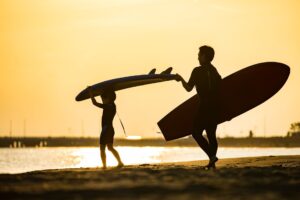
Did you like the surfing glossary?
It may be difficult for beginners, but once you get used to it, there is no other sport that relieves stress like this!
If you are interested in surfing, buy a board now.
Let’s ride the waves in the open sea and have fun to the fullest
The surfers are beginner-friendly, so the surfers will guide you gently!
